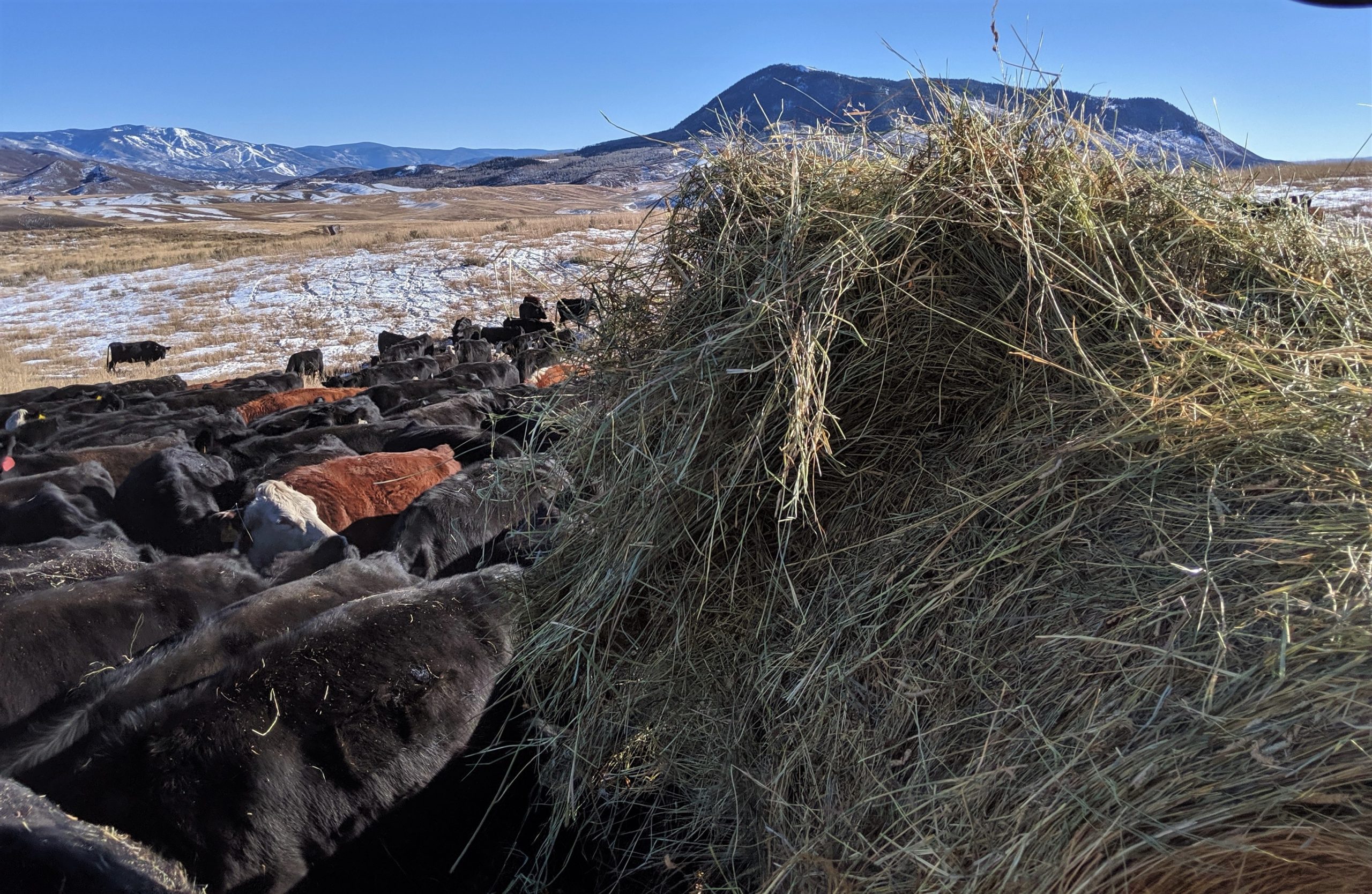I received two calls this month from real estate agents with the same request: A buyer looking for a Colorado ranch that will make a decent return. Assuming these buyers prefer to be closer to a bustling community or a powder-packed ski resort, I can almost always draw a line along the Continental Divide and split the state into two distinct areas. The east slope has milder weather, typically receives less moisture in the form of snow, and often has a longer growing season enabling a farming component. The buyer who is often attracted to a mountain community has to factor in higher land costs and significant feed costs. These two major components definitely affect the ranch’s ability to turn a profit. There are a hundred different ways to operate a ranch in Colorado’s mountains. My ranch has shifted from commercial cow/calf to a focus on yearlings and now back to a larger cow/calf operation. Some of my neighboring ranchers specialize in selling a portion of the animal prior to slaughter to avoid USDA regulations. Others provide local restaurants and stores with locally grown, grass-fed beef. Some operations are owner operated and others leverage their own time by outsourcing the labor. Some of us have hefty investments in hay production equipment and others purchase winter feed. We truck some of our cows to a milder climate; it is easier on our older and younger cattle and reduces our feed costs here in Steamboat. Yearly feed costs can vary wildly depending on the harvest and an early winter or late spring can shrink a profit margin. The cattle market falls into the wild-fluctuation category as well. On the flip side of that coin, some winters are shorter, hay harvest is excellent and cattle prices are high. Those are the years ranchers buy needed equipment, increase the quality of the herd, buy more land and put money in the bank for the lean years. The long list of variables associated with a specific operation on a specific ranch requires a ranch buyer to put pen to paper. Bracket the variables, customize the operation based on the needs or wants of the buyer (see my guest ranch blog) and study the land’s ability to support a specific operation. Planning and crunching numbers is a great way to start. It’s also an essential ongoing exercise…and it’s one of the fun parts of ranching: The challenge to always do better, to raise better animals, to enhance the health of the land and hopefully to make a little money in the process. Overall, it’s feasible to expect that a ranch can sustain itself. If satisfaction could be measured in dollars, though, a mountain ranch would undoubtedly produce a stellar return year after year!
21
Dec
Dec
Can a Mountain Ranch be Profitable?




